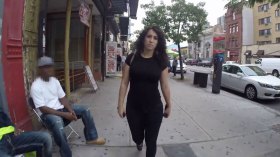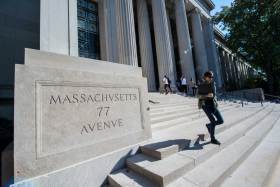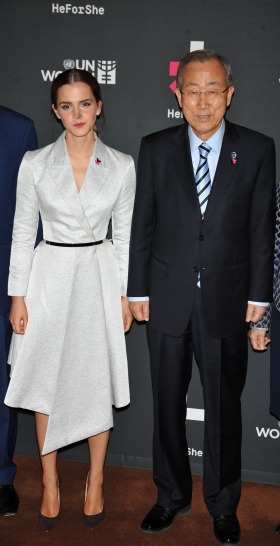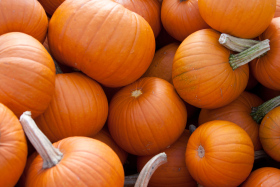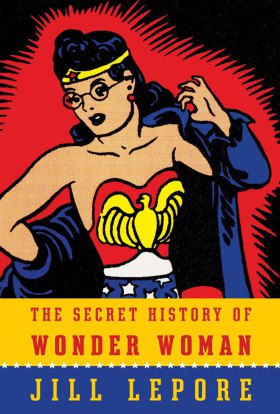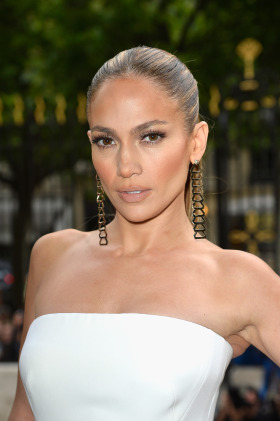
"I've never gotten a black eye or a busted lip”
Jennifer Lopez says in a new book that she has “felt abused” in past relationships, even if she’s never been physically harmed like other women.
“I’ve never gotten a black eye or a busted lip,” the singer writes in her upcoming book True Love, which is previewed in People magazine. “But I’ve felt abused in one way or another: mentally, emotionally, verbally.”
“I would never go into specifics about my relationships, and I don’t,” Lopez tells People of the book. “But the idea was that I learned something.”
The 45-year-old opens up about her past trials in love, including her three marriages and several high-profile courtships.
“You have to take control and you have to set up your own boundaries,” Lopez tells People of what she’s learned in relationships. ” You have the power to change it.”

